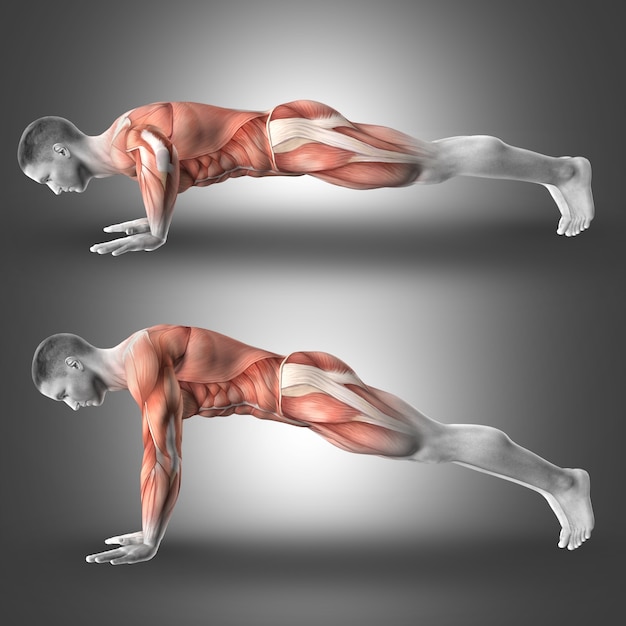
One of the best ways to look good at any age is to dress according to your vertical body type. The first step in doing this is understanding your body proportions.
Previously, we’ve discussed different body shapes, also known as horizontal body types. Another key aspect in understanding your shape is knowing your vertical body type.
Why is it Important to Know Your Vertical Body Type?
Ever wonder why some outfits just don’t look right? It’s probably because the proportions are off. Not enough attention is given to the silhouette and the golden ratio, also known as the rule of thirds.
The golden ratio appears in many aspects of life, like in nature, faces, and various structures. It helps artists, photographers, and designers create visually pleasing images. One famous example is the Eiffel Tower, which can be divided into two-thirds and one-third sections.
This concept can also help you style yourself better. Using the golden ratio, or as I call it, the Rule of Thirds, gives you a pleasing silhouette and appearance. To make the most of this rule, you need to know your exact vertical body proportions.
What Is Your Vertical Body Type?
Look at an image that divides the body into four sections:
1. From the top of the head to the nipple line (with a bra on).
2. From the nipple line to the hipline (fullest part of the bottom).
3. From the hipline to the center of the kneecap.
4. From the kneecap to the floor.
Everyone has different proportions, and women can generally be categorized into three main types:
The Balanced Body
You have a balanced body type if:
1. Your upper body length is almost the same as your lower body length.
2. The distance from your hipline to the ground is half of your full height.
3. Your waist aligns with your bent elbow.
Women with this body type often are petite (under 160 cm or 5’3″). As they age, they may gain weight around the waist, making them feel short-waisted.
How to Dress a Balanced Body:
1. Wear medium to long tops to create a 2/3 – 1/3 proportion rather than 1/2 – 1/2.
2. Do not tuck your tops.
3. Choose pants and skirts without wide waistbands.
4. Opt for one-color outfits to avoid contrasting waistlines.
5. Wear dresses that fit through the waist creating a 2/3 proportion.
6. Avoid wide belts and empire waist dresses.
Long Legs, Short Torso
This type is common among tall women. You have this body type if:
1. Your legs are much longer than your torso.
2. The height from the ground to your hip is more than half your total height.
3. You appear high-waisted, with your waist well above your bent elbow.
Weight gain tends to be around the midriff.
How to Dress a Long Legs, Short Torso Body:
1. Leave blouses untucked to elongate the waist.
2. Wear long jackets, tops, and over-blouses.
3. Use accessories to draw the eyes downward.
4. Choose skirts and pants without waistbands.
5. Wear low-waisted skirts and pants.
6. Use narrow, non-contrasting belts.
7. Opt for low to medium heels.
Short Legs, Long Torso
Usually, women with this body type are short to average height. You have this body type if:
1. Your upper body is longer than your lower body.
2. You often have a low, heavy bottom.
3. Weight usually accumulates on the thighs and bottom.
How to Dress a Short Legs, Long Torso Body:
1. Wear short to medium-long tops and jackets.
2. If your body shape allows, tuck in your tops.
3. Accessorize to draw focus upward.
4. Straight skirts elongate more than A-line or flared skirts.
5. Wear medium to wide belts.
6. Wide-leg pants look great on you.
7. Match socks, shoes, and bottoms in the same color.
8. Choose heels.
9. Avoid cropped pants, tight tapered skirts, and pants.
10. Stay away from skirts and trousers with dropped waistbands.
Dressing According to Your Body Type
As someone with a long torso and short legs, I know firsthand that dressing correctly makes a big difference. While comfort sometimes trumps style for me, especially with belts and low-waisted skirts, sticking to the right guidelines usually results in a more flattering look. Emphasizing my upper half and following the guidelines to elongate my legs creates a better silhouette.
Remember, these are general guidelines. Everyone is unique, and you don’t have to adhere strictly to these rules to look good.
Explore articles to understand your body type better:
– How to determine your horizontal body type.
– Tips to look taller and slimmer.
– Techniques to hide a belly.
Understanding your vertical body type can help you dress better.